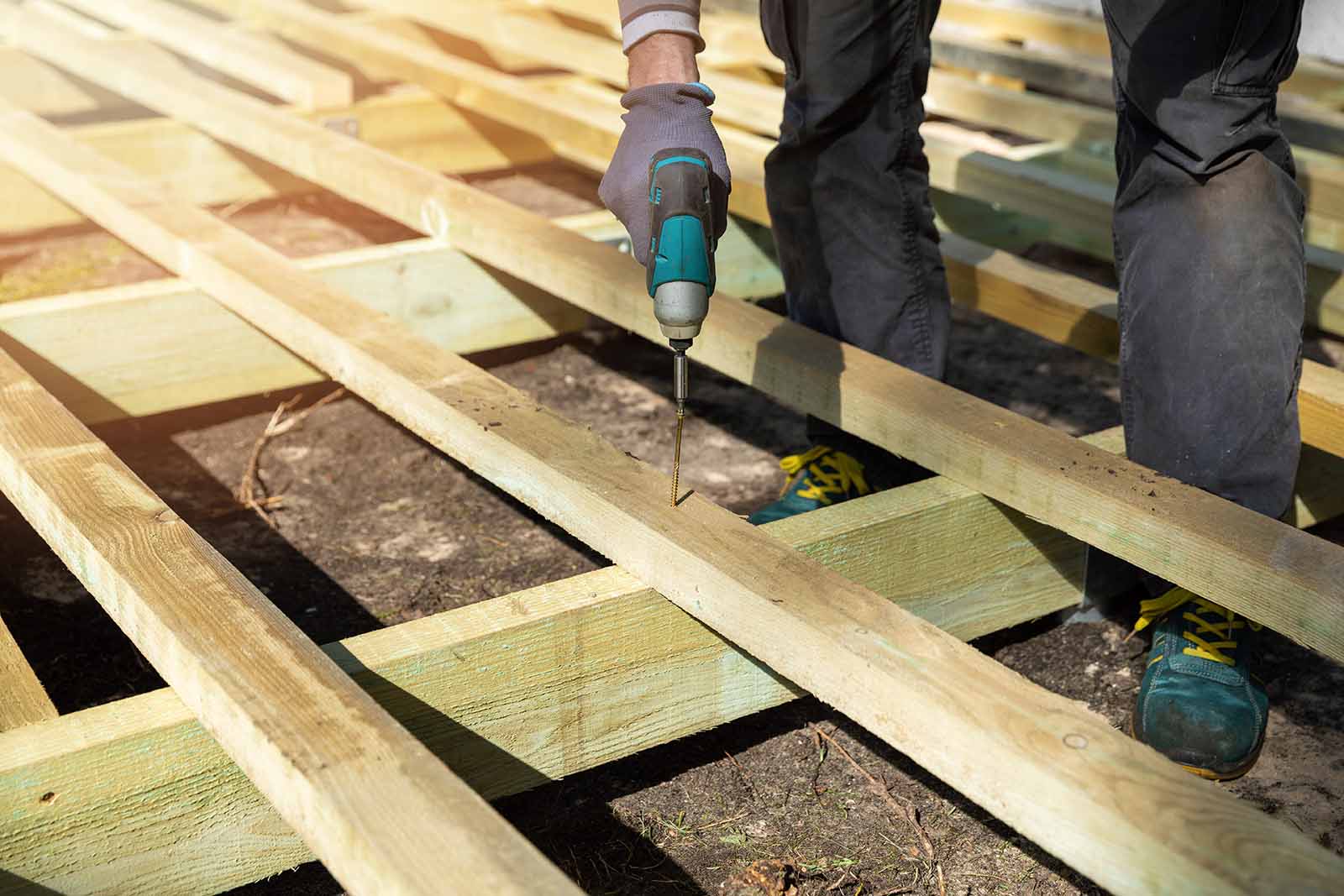It’s no secret that choosing the right decking material is essential for any home improvement project. With so many different options out there, it can be a daunting task to decide what kind of material to use.
To help make the decision easier, this article will cover the top three decking materials and provide an overview of their main features and benefits. It’ll also discuss some key considerations you should keep in mind before making your choice.
So whether youre just starting or looking for a new solution, this article has everything you need to know about building with the best decking materials available today.
1. Composite Decking: Advantages and Disadvantages
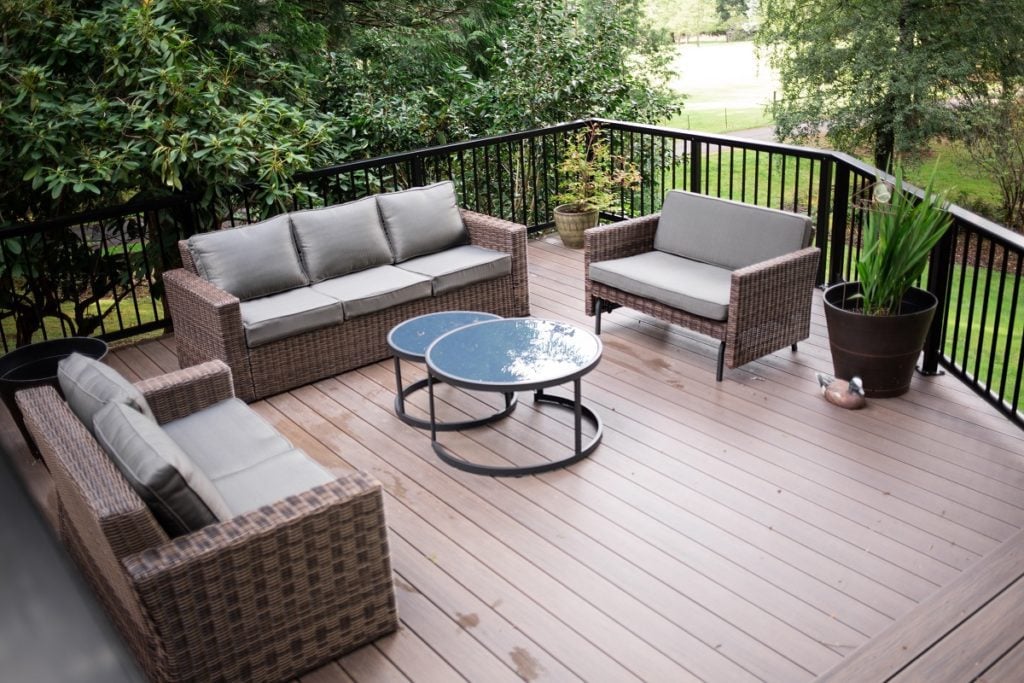
Composite decking is a popular material choice when it comes to building and remodeling decks. Composite decking offers many advantages compared to traditional wood, such as durability, low maintenance requirements, and a sleek modern look.
However, composite decking also has some drawbacks that should be taken into consideration before making this type of investment in your home. One advantage of composite decking is its longevity.
Since the materials are made from recycled plastic and wood fibers bonded together by resins or adhesives, they last much longer than natural wood boards which rot over time due to exposure to the elements. The materials are also resistant to damage from insects and moisture which can cause further damage to wooden structures.
Additionally, because these boards don’t absorb much heat they remain cooler even on hot summer days providing an ideal atmosphere for outdoor entertaining. Although composite decks come with numerous benefits there are some potential disadvantages associated with them as well including higher costs compared to other types of material like pressure-treated lumber; greater difficulty in cutting and fastening since the material can become brittle if not handled correctly; possible staining or discoloration after prolonged exposure; limited color choices compared with painted or stained woods; fading over time unless treated regularly; susceptibility to mold growth due uneven surfaces caused by expansion/contraction rates etcetera.
. Therefore its important for homeowners looking at building projects involving this type of product know exactly what they’re getting into before investing their money – both good and bad – so that they make educated decisions about whether or not its right for their particular situation.
2. Wood Decking: Pros and Cons
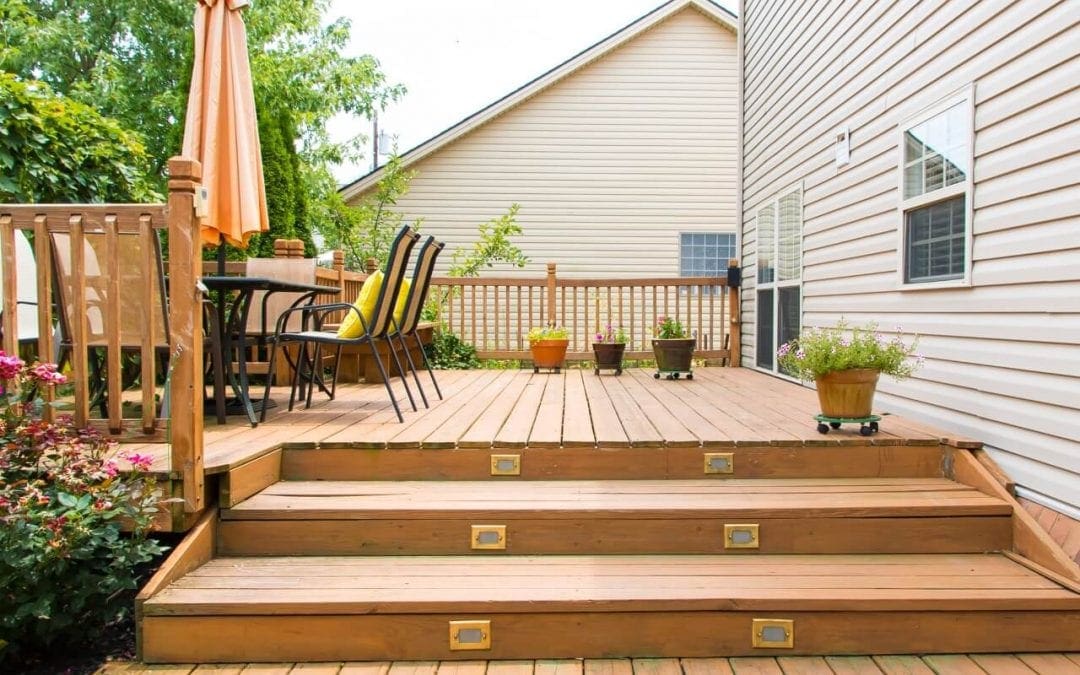
Wood decking is an attractive and affordable option for homeowners looking to build a new deck. While it offers many benefits, like being strong, durable, and cost-effective, some drawbacks come with using wood for your deck.
Pros: 1. Wood decks are aesthetically pleasing because of their natural beauty and warmth.
They can be stained or painted in any color to match the style of the home’s exterior. 2.
Wood is generally more affordable than composite materials (made from recycled plastic), making it a popular choice among budget-conscious homeowners who still want quality results from their projects. 3.
The strength and durability of wood make it well suited for outdoor use; however, regular treatments are necessary to protect against rot or insect infestation over time as moisture content can cause damage if not properly maintained periodically. 4.
Easily customizable – wood decks offer plenty of room for creativity with various shapes, sizes, colors, and materials available during the construction phase allowing you to create something truly unique that fits your needs perfectly! Cons: 1 . Wood requires more maintenance than other types of material when used outdoors since it is vulnerable to water damage due to its porous nature; this includes regularly checking for signs of decay & treating them accordingly so they don’t affect structural integrity too much over time as well as needing sealants applied every few years depending on climate conditions where one lives.
2 . While treated woods do have enhanced resistance against pests such as termites or carpenter ants – these pesky bugs may still find ways into wooden structures given enough time – thus requiring additional measures taken by homeowners beyond just the annual inspections/treatments mentioned earlier.
3.
Wood tends to warp or splinter after prolonged exposure which makes them a less desirable option compared to other materials such as concrete or vinyl when considering long-term performance & longevity requirements expected out of decks today
3. PVC Decking: Benefits and Drawbacks
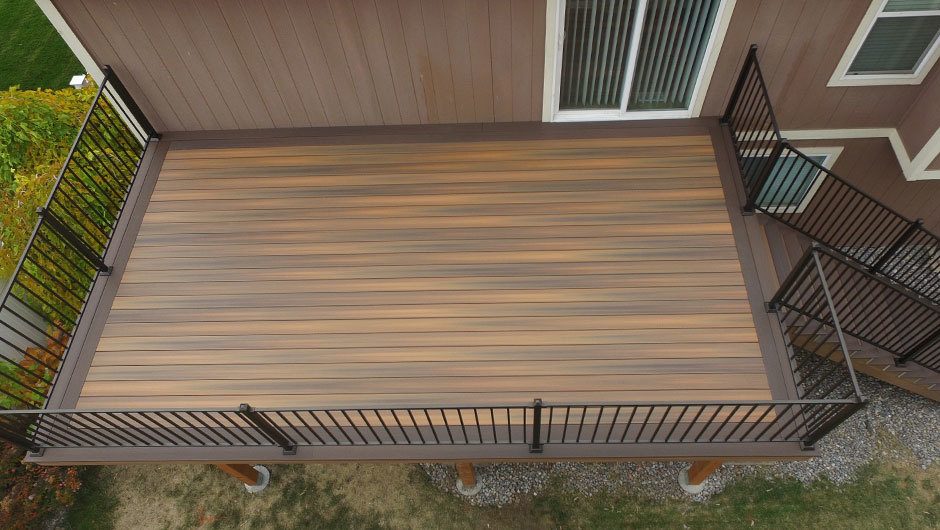
PVC decking is an increasingly popular decking material due to its durability, affordability, and wide range of colors and sizes. PVC stands for polyvinyl chloride, which is a type of plastic that can be used to create a variety of products including decks.
Although it’s not as natural as other materials like wood or stone, PVC offers several benefits when used for outdoor surfaces such as low maintenance requirements and resistance to cracking, fading, staining, mold growth, and termites. On the other hand, there are some drawbacks associated with using PVC for your deck including susceptibility to extreme temperatures (which can cause warping), potential chemical leaching from additives used during the manufacturing process (although this has been limited in recent years), and incompatibility with certain types of finishes or sealers.
Ultimately choosing the right material for your outdoor space depends on careful consideration of these pros and cons along with any budget constraints you may have.
Conclusion
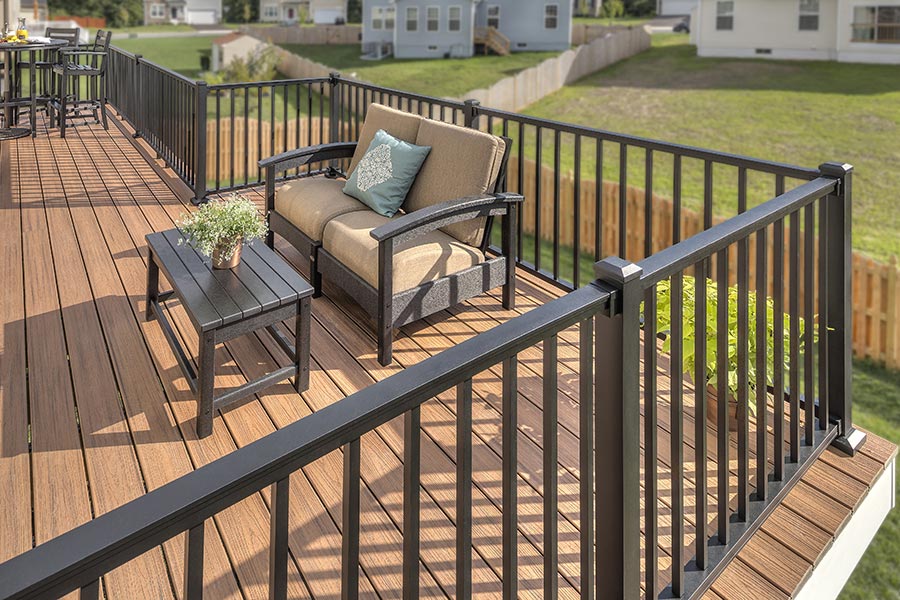
Decking materials are an important consideration when planning a new outdoor space. With so many options available, it can be difficult to decide which material will best suit your needs.
The top 3 decking materials include wood, composite, and PVC – each with its advantages and drawbacks. Ultimately, the decision comes down to personal preference and budget constraints.
Wood is the most traditional option but requires regular maintenance; composite offers a more durable option that does not require staining or sealing; while PVC provides superior weather resistance at a higher cost than other options. No matter what type of decking material you select for your project, make sure you understand its pros and cons before beginning construction.

